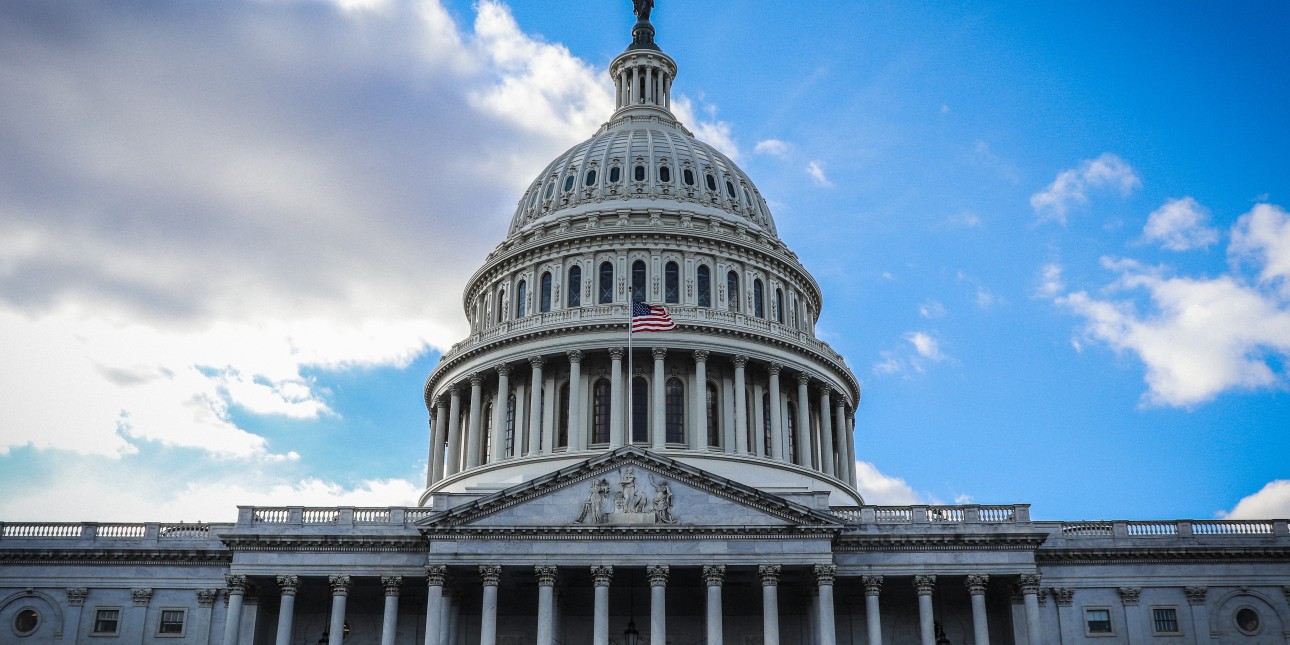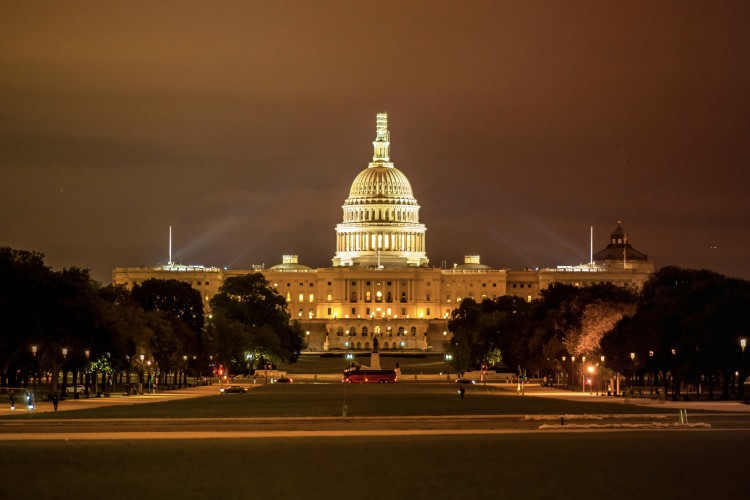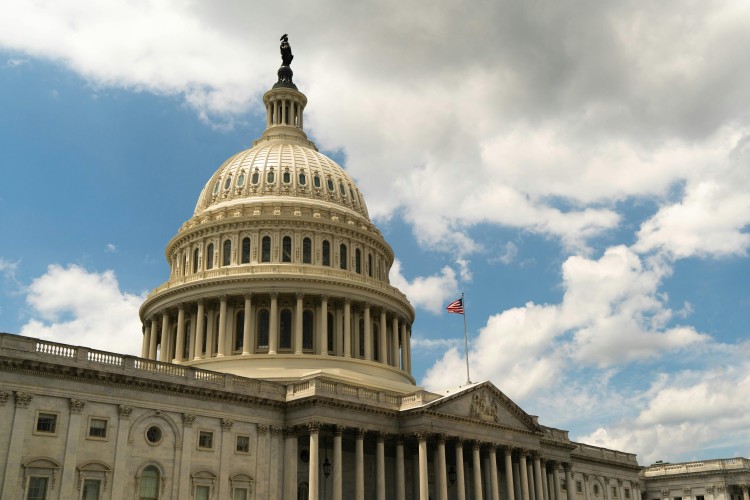Government Funding, Infrastructure, Reconciliation, the Debt Limit: Congress’ agenda is packed! What it all means, and why it’s relevant for your organization.

Congress is in the midst of a legislative perfect storm. Its To-Do’s include:
- Avoid a government shutdown on October 1.
- Raise the nation’s debt limit by late-October or risk the U.S. defaulting on its obligations.
- Pass the $1 trillion Bipartisan Infrastructure Framework (H.R. 3684, “the BIF”) to rebuild the nation’s crumbling roads, bridges, highways, high-speed internet connections, and other “hard” infrastructure projects.
- Pass the Build Back Better Act, a $3.5 trillion Biden Administration priority and arguably the largest reenvisioning of the federal government’s role in society since the New Deal in the 1930s.
- Finalize regular appropriations for Fiscal Year 2022.
Congress has mandatory or self-imposed deadlines to accomplish all of these tasks within the next three months, and many of them must be completed within days or weeks.
Avoiding a Government Shutdown
Funding for federal departments, agencies, and programs will run out at 12:01am on October 1. Congress needs to pass a Continuing Resolution (CR) to temporarily fund the government before then or all “non-essential” programs will be shuttered and hundreds of thousands of federal employees and contractors will be furloughed. The impact of a government shutdown, and which federal programs and employees qualify as “essential”, varies by agency.
There is still time for Congress to avoid a shutdown. As of this writing, Congress is preparing to fast-track a CR to fund the government through December 3. This CR is expected to pass with bipartisan support as it is “clean”, meaning it is not linked with any other legislative measures (such as the debt ceiling, as we will discuss below).
While it is unlikely there will be a government shutdown of any meaningful duration, should something go awry in Congress, please refer to the contingency plans below for information on how various federal departments would operate in the event of a shutdown and the potential impact on your organization.
- Department of Justice. Please see “Office of Justice Programs” on page 12 for most DOJ grants, including those from OJJDP.
- Department of Health and Human Services.
- Administration for Children and Families (ACF), which contains the Family and Youth Services Bureau (FYSB).
- Department of Housing and Urban Development.
Contingency plans for all other federal departments and agencies may be found here.
Raising the Debt Limit
The federal debt limit, sometimes called the debt ceiling, is the total amount of money that the United States government is authorized to borrow to meet its existing legal obligations. The U.S. exceeded its debt limit in late August. Since then, the Treasury Department has been using ‘extraordinary measures’ (i.e. fancy accounting) to continue to pay the nation’s bills.
The debt limit is important for youth serving organizations (and every other business, organization, and individual) because without the ability to borrow, the U.S. government cannot meet all its obligations. Just as with a person who does not pay their monthly credit card bill, the U.S. government’s inability to pay all its debts would have costly consequences. At minimum, interest rates on Treasury-issued debt would rise, meaning it would cost more for the government to borrow the same amount of money. The more the federal government spends on borrowing money, the less it has to spend on programs and services. In a worst case scenario, analysts report that failure to raise the debt ceiling could have ‘catastrophic’ consequences for the global financial system.
Treasury Secretary Janet Yellen has advised Congress that the U.S. will exhaust all its extraordinary measures sometime on October 18. Congress must raise or suspend the debt ceiling by the 18th or the U.S. will default on some of its debt obligations. However, the closer we draw to October 18 without a resolution, the greater the risk of long-term costs to the country, even if Congress does ultimately raise the debt ceiling prior to the deadline. Failure to raise the debt limit until the absolute last minute could undermine global confidence that the United States will have the political will necessary to pay its debts the next time we need to raise the debt ceiling. The faith in the U.S. dollar and debt unpins much of the global financial system, and a loss of confidence could have far reaching consequences.
Passing an Infrastructure Deal
On August 10, the Senate passed a $1 trillion “hard” infrastructure deal to renew the nation’s transportation, power, and communications networks. Referred to as the Bipartisan Infrastructure Framework or “the BIF”, the package contains $550 billion over five years to fund highway, safety, transit, rail, pipeline, and research programs. The deal also includes $446 billion in emergency funds for urgent needs in programs such as the Bridge Investment Program, Transit Infrastructure Grants, and the Airport Improvement Program.
The infrastructure deal is relevant to youth serving organizations because it is one of two major Biden Administration priorities that Congress is attempting to pass in a “two-track” plan. The other track is the $3.5 trillion “soft” infrastructure bill, now known as the Build Back Better Act. Moderate and Progressive Democrats in the House and the Senate are split over which piece of priority legislation should be passed first (and with what amount of funding), due to fears that political support will dissolve for whichever package goes second. The result is a legislative quagmire with no clear exit strategy.
Speaker of the House Nancy Pelosi has scheduled a vote on the BIF for Thursday, September 30. Whether the Speaker can bridge the gap between Moderates and Progressives in time for the vote is yet to be seen.
Passing the Build Back Better Act
Democrats in the House and Senate are feverishly attempting to negotiate a compromise position between Moderates and Progressive on the $3.5 trillion Build Back Better Act. Many moderate Democrats would like to reduce the size and scope of the bill, which is the most ambitious remaking of the federal government’s role in society in nearly 100 years. Progressive Democrats view $3.5 trillion as the floor, not the ceiling, for the proposal and would ideally like to expand its size and scope.
Republicans are not involved in these conversations at all as Democrats are attempting to pass the Build Back Better Act through “reconciliation”, a process which does not require Republican votes. However, given that the Democrats have razor thin margins of control in both chambers, the objections of even one or two Democratic Members of Congress can stymie the legislation.
In its current form, the Build Back Better Act contains $75 billion to expand Housing Choice Vouchers (HCV), often referred to as Section 8 vouchers, including $24 billion reserved for people experiencing homelessness (see Sec. 40009 on page 783). HCVs provide rental assistance so eligible households (and individuals) receiving a voucher pay no more than 30% of their adjusted gross monthly income on rent. If enacted, the $75b would be infused over eight years and would be the single largest expansion of rental assistance in the history of the country. Young people eligible for HCVs are often at the back of long waitlists to receive rental assistance. An expansion of vouchers will create much greater access and reduce waitlists, significantly improving young people’s ability to receive rental assistance.
Finalizing FY22 Appropriations
In July, the House Appropriations subcommittees marked up most of its proposed spending bills for Fiscal year 2022. The Senate has yet to make progress on most of its FY22 appropriations bills. In light of the Senate’s sluggishness, Congress is forced to grapple with a continuing resolution to keep the government functioning after September 30.
The Senate was tentatively scheduled to move forward on funding for the Department of Housing and Urban Development last week, but the markup was bumped due to the brewing legislative chaos. At the end of the day, we anticipate a continuing resolution to fund the government until early- to mid-December. As a result, appropriations will likely not be finalized by the Senate until late October-November.
House Approps
Below are the outcomes for the three programs routinely identified for Youth Collaboratory members as of highest priority:
- $92,000,000 for a seventh round of the Youth Homelessness Demonstration Program (YHDP), including up to $10,000,000 for technical assistance to help every CoC better serve youth at risk of or experiencing homelessness.
- Included with this funding recommendation are instructions to HUD to emphasize “projects that can demonstrate community-wide authentic youth collaboration in strategy, design, and implementation; quality data collection, management, and utilization of youth experiencing homelessness; and collective ownership of a common goal to end youth homelessness as demonstrated by a coordinated plan with accountability to community-wide performance indicators.”
- $110,000,000 for Youth Mentoring Grants (YMG), which is $10,000,000 above fiscal year 2021.
- Included with this funding recommendations are instructions directing the Department of Justice to “take a more aggressive approach to disrupt the school-to-prison pipeline and limit out-of-school suspensions. The Committee encourages the Department to explore implementing programs that are focused on disadvantaged students of color in elementary and secondary school; available to all schools in all districts; and include a curriculum that prevents unnecessary trauma and harm; incorporates positive alternatives to suspension, in-school arrests, and expulsion; and promotes educational development and attainment.”
- $149,787,000 for the Runaway and Homeless Youth (RHY) program, which is $13,007,000 above the fiscal year 2021 enacted level and $4,800,000 above the fiscal year 2022 budget request.
- Included with this funding recommendation are instructions reinforcing the ability of grantees to “provide prevention services regardless of enrollment in residential services, and urges the program to remind grantees that they are not required to enroll a young person in shelter or residential services, nor require the young person to physically travel to the grantee’s location, in order for the young person who is deemed at risk of running away or becoming homeless to be eligible to receive prevention and supportive services, including counseling and case management.”
Check the Youth Collaboratory Government Relations blog series in the coming days and weeks for the most relevant developments as Congress races towards these deadlines.


